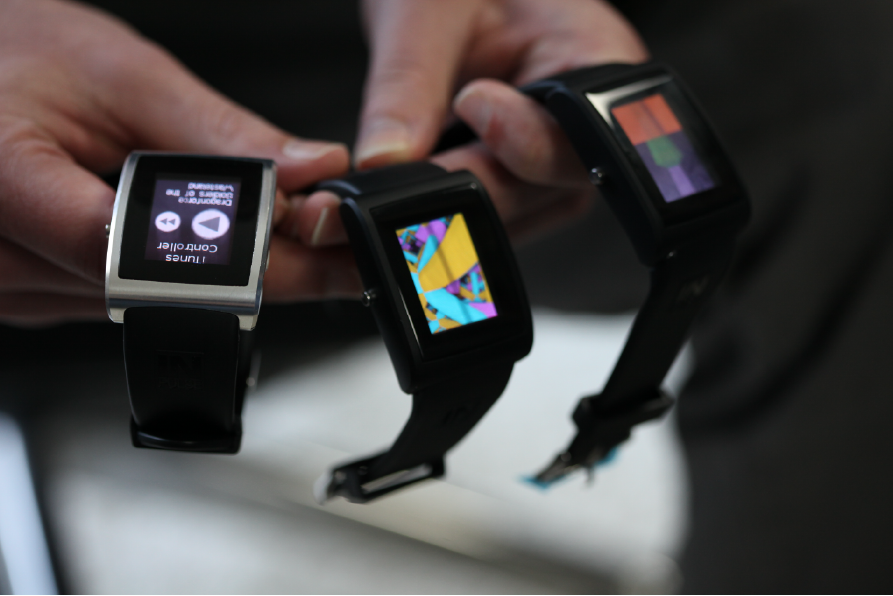Up until recently, there were two kinds of healthcare data:
- Public health data sets, which are largely built from anonymous surveys and are, in theory, publicly available, but, in practice, accessible and useable only by a small number of physician and researchers;
- Electronic Medical Records (EMRs), which are built from your individual interactions with healthcare providers, and are ‘owned’ by the healthcare provider, who usually won’t allow you even rudimentary access to the information.
But with the advent of wearable devices, such as activity monitors, a new data set is being produced: activity and health data powered by you. YOU buy the wearable and YOU are quite literally the engine that produces the data derived from the device. Here’s where things get contentious: Are YOU the owner of that data?
At Vivametrica, we think the answer is ‘Yes.’
You should be free to access the data produced by your wearable and mine it for information that’s of benefit to your health. You should also be free to determine whom, if anyone, you wish to share it with, and feel confident that your personal data is secure.
This idea, while empowering for consumers, terrifies some consumer electronics companies because their business model is predicated on selling your data back to you. And the potential market opportunity for doing so is huge.
Wearable activity monitors alone already produce more biometric data than the combined annual public health surveys of every nation on the planet.
Of course, much of the data produced by wearables isn’t medically reliable – A 10 or 20 per cent differential in how step counts are measured among competitive activity monitors doesn’t bother device manufacturers much. But no doctor worth their salt would ever rely on non-standardized data to make medical decisions.
But, as biometric sensors and accelerometers become more uniform and are proven-out in a clinical environment, traditional healthcare providers and systems will adopt wearables as a tool. The same is true of enterprises (who want to improve health and wellness programs) and insurers (who want more detailed and accurate risk assessments).
These progressions in the market verticals I mention above WILL happen – it’s not an ‘if’ but a when.
The more interesting questions surround how enterprises and healthcare providers will respond to the consumer’s ability and desire to seize control of their personal data and use it to become their own healthcare researchers and data custodians.
As that happens, the onus will be on the de-facto guardians of traditional data sets to find ways to securely engage and service the newly empowered, beneficial owner of wearables activity and health data – YOU.






